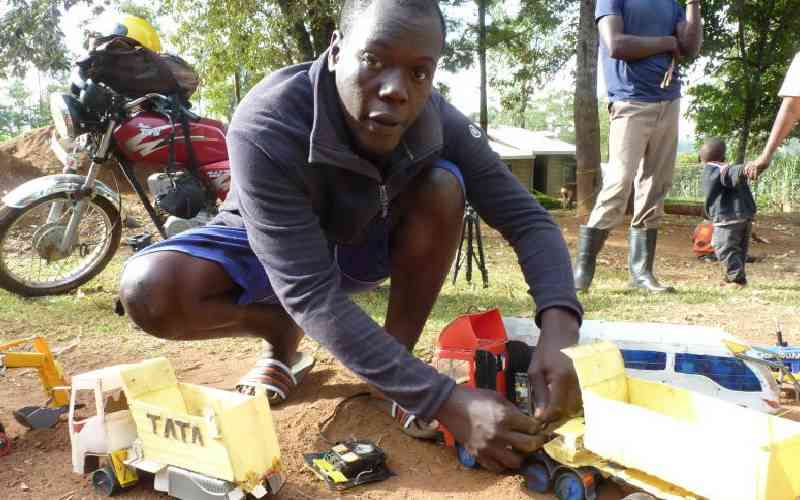×
The Standard e-Paper
Join Thousands of Readers

Education Cabinet Secretary Ezekiel Machogu has revealed a plan to curb school dropout as it emerged that some 500,000 students did not complete secondary school education in the past three years.
The students transitioned under the 100 per cent transition policy, championed by former President Uhuru Kenyatta in 2018.